7 of the Best and Easiest Ways to Improve YOUR Flexibility
This post is all about flexibility.
Heads up! This post may contain affiliate links, which means I get a small commission if you make a purchase — at no extra cost to you. I only recommend products I love and trust! Read my full disclosure here.
If you’re like most people, you might think that it’s too late to improve flexibility. You see other people touching their toes with ease, and you think to yourself, “I could never do that…”
But the truth is that you can most certainly improve flexibility with a little bit of effort.
There are many flexibility benefits. For one, being flexible can help reduce the risk of injuries. It can also help improve your range of motion and make it easier to do activities of daily living – ADL.
So, how can you improve flexibility? There are a number of stretches to improve flexibility and exercises to improve flexibility. You will learn about 5 of the best flexibility examples and why they are so effective.
This post is all about how to improve flexibility, flexibility meaning, stretches to improve flexibility, and exercises to improve flexibility.
Flexibility & Grace
Flexibility Meaning
First, let’s start with the basics and define flexibility…
Flexibility is the ability of a joint or series of joints to move through an unrestricted, pain-free range of motion.
Although flexibility differs widely from person to person, minimum ranges are necessary for maintaining joint and total body health.
In addition, many variables affect the loss of normal joint flexibility, including injury, inactivity, or a lack of stretching.
The range of motion will be influenced by the mobility of the soft tissues that surround the joint. These soft tissues include muscles, ligaments, tendons, joint capsules, and skin.
Therefore, a lack of stretching — especially when combined with activity — can lead to fatigue-induced soft tissue shortening over time.
In simpler terms, flexibility is the range of motion of a joint or group of joints.
Flexibility Benefits
There are a few ways that improved flexibility can improve your overall well-being.
But… the number one reason you want to improve flexibility is that it allows you to perform — simple but necessary — activities of daily living like reaching, bending, and twisting.
You probably didn’t realize that your body employs its flexibility throughout the day — even in something as simple as reaching for your favorite tea blend that’s tucked away in the back of the cupboard…
3 more flexibility benefits
- reduce the risk of injuries
- improve your posture
- and increase your range of motion
Another major benefit is — it can help reduce stress and tension headaches.
There are many different exercises to improve flexibility and stretches to improve flexibility.
Safety First! If you’re anything like me, you’ll want to go from 0 to 100 TODAY! But…
Make sure to read these fundamental stretching best-practices.
Stretching Fundamentals
- Before stretching — warm up with a little walking or cycling for 5 to 10 minutes.
- Don’t bounce — stretch in a fluent motion.
- Hold your stretch for about 30 seconds. If you are very tense/tight, try holding the stretch for 60 seconds.
- Breathe
- inhale
- then exhale as you move into the stretch
- continue to breathe normally
- and inhale to release
- Move slowly — especially when coming up/releasing the stretch.
- Don’t aim for pain! — it’s completely normal to feel some tension while you’re stretching — but not to the point that it is painful.
- And lastly, stretch frequently — 5 to 10 minutes — 3 times a week for best results.
Grace ALWAYS abounds… do the best you can.
You are beautifully unique… therefore, DO NOT compare your flexibility to someone else.
Here are 7 of the best and easiest ways to improve flexibility
1. Static Stretching
Static stretching is one of the most popular and effective ways to improve flexibility. It involves holding a position for a period of time, usually 10 to 30 seconds.
Static Stretching Definition
Static stretching is a type of stretching that is done by holding a position for a period of time, usually 10 to 30 seconds. This type of stretching is often used to improve flexibility and range of motion. This can be done with no movement or with very slow and controlled movements.
Static stretching is usually done — and is most effective when done after a workout — when your muscles are warm.
Static Stretching Examples
Remember, grace ALWAYS abounds my friend, do the best you can 😊.
Here are a few static stretching examples that you can try:
Hamstring Stretch
- Sit on the ground with your legs extended in front of you.
- Reach for your toes and hold the stretch for 30 seconds.
- Modifier: You can also sit on a chair — feet flat on the floor — straighten one leg with the heel on the floor — toes pointed to the ceiling — keeping a neutral spine – hinge forward at the hip — hold the stretch for 30 seconds.
Quadriceps Stretch
- Stand up and hold onto a chair or other support for balance.
- Bend one leg back and grab the ankle with your hand.
- Gently pull the leg towards your butt.
- Hold for 30 seconds.
- Repeat with the other leg.
Calf Stretch
- Stand with your feet shoulder-width apart and your hands on a wall or other support for balance.
- Then, step forward with one foot and bend your knee until you feel a stretch in your calf.
- Hold for 10 seconds, then switch feet.
- Repeat 2-3 times on each leg.
Flexibility — and grace — are crucial traits to have, both in life and at work.
It’s an ability that allows us to bend without breaking, to adjust our perspective, and be adaptable even in the most challenging of times.
This type of flexibility comes from within us — from our true God-given nature.
2. Dynamic Stretching
Dynamic stretching is another great way to improve flexibility. This is a type of stretching that involves moving your body through a range of motion in a controlled way — using momentum to stretch your muscles.
Dynamic Stretching Definition
Unlike static stretching, which is done while your body is at rest, dynamic stretching is done while your body is in motion.
Dynamic stretching is a type of stretching that uses movement to lengthen muscles. This can be done by moving the body or a limb through its range of motion while maintaining control of the movement.
Dynamic stretching is an effective way to improve flexibility and can be used as part of your warm-up — to loosen up the muscles and prepare them for activity. Or as part of your cool-down routine — to improve flexibility.
Some benefits of dynamic stretching include the following:
- Improved range of motion
- Enhanced muscular coordination
- Reduced risk of injury
If you are new to dynamic stretching, it is important to ease into it my friend — start slowly and gradually increase the intensity of the stretches. Also, it’s super important to listen to your body and stop if you feel any pain.
Dynamic Stretching Examples
Give yourself grace sis’ — do the best you can…😊
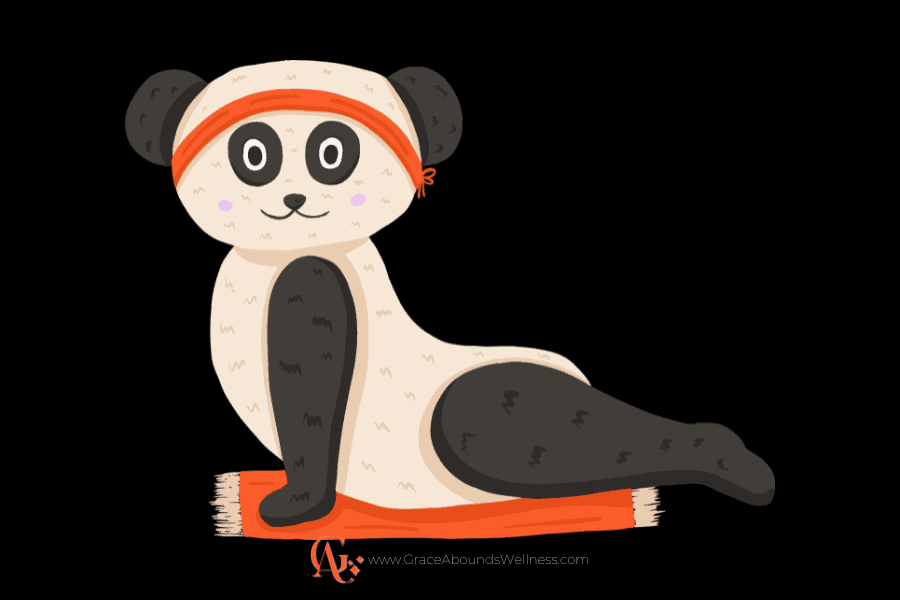
Here are a few examples of dynamic stretching you can try:
Leg Swings
- To do this exercise, stand with your feet shoulder-width apart.
- And swing one leg forward and backward in a controlled manner.
Arm Swings
- Stand with your feet shoulder-width apart and your arms at your sides.
- Swing your arms forward and back, keeping your elbows straight.
- Slowly increase the range of motion and speed of the swings as you get more comfortable.
Trunk Rotations
- Stand with your feet shoulder-width apart and place your hands on your hips.
- Rotate your trunk to one side, then back to the center.
- Repeat on the other side.
Being flexible does not necessarily require external pressure or force but has more to do with being able to recognize where change may be necessary in order for things to move forward.
3. PNF Stretching
This is one of my personal favorites!
It’s fun to do with your husband or with your favorite person…😊
PNF, or Proprioceptive Neuromuscular Facilitation, is a type of stretching that uses resistance to improve flexibility.
You can practice PNF stretching with a partner or with resistance bands because they can provide resistance while you stretch.
PNF Stretching Definition
This is a type of stretching that involves both the stretching and contracting of muscles.
PNF stretching tends to be more effective than other types of stretching because it can help to improve your range of motion and flexibility faster.
This kind of stretching involves holding a position for a period of time, then actively moving through a range of motion.
PNF stretching is most effective when done after your workout — when your muscles are already warm.
PNF Stretching Technique
To do a PNF stretch, you first need to find a partner — or a resistance band. After that, you will take turns performing the stretch if you have a partner.
- For the passive stretch, your partner will help hold the stretch.
- For the active stretch, you will need to use your muscles to resist your partner’s stretch.
PNF Stretching Examples
Be kind to yourself… do the best you can 😊.
*Here are two examples of PNF stretching exercises that you can try with a partner:
1. Standing Hamstring Stretch
- Start by standing with your feet shoulder-width apart.
- Have your partner stand behind you and hold your right leg at the knee.
- Gently straighten your leg and lean forward, keeping your back straight.
- Hold this stretch for 30 seconds.
2. Seated Spinal Twist
- Start by sitting on the ground with your legs crossed.
- Have your partner sit in front of you and grab your shoulders.
- Twist your upper body to the right, then to the left.
- Hold each twist for 30.
*If you want to try the PNF technique, be sure to speak with a healthcare professional or certified fitness trainer to learn the proper technique and avoid injury.
PNF stretching is a great way to improve range of motion and flexibility.
So if you are looking for a way to quickly improve your flexibility — then PNF stretching is a good option for you!
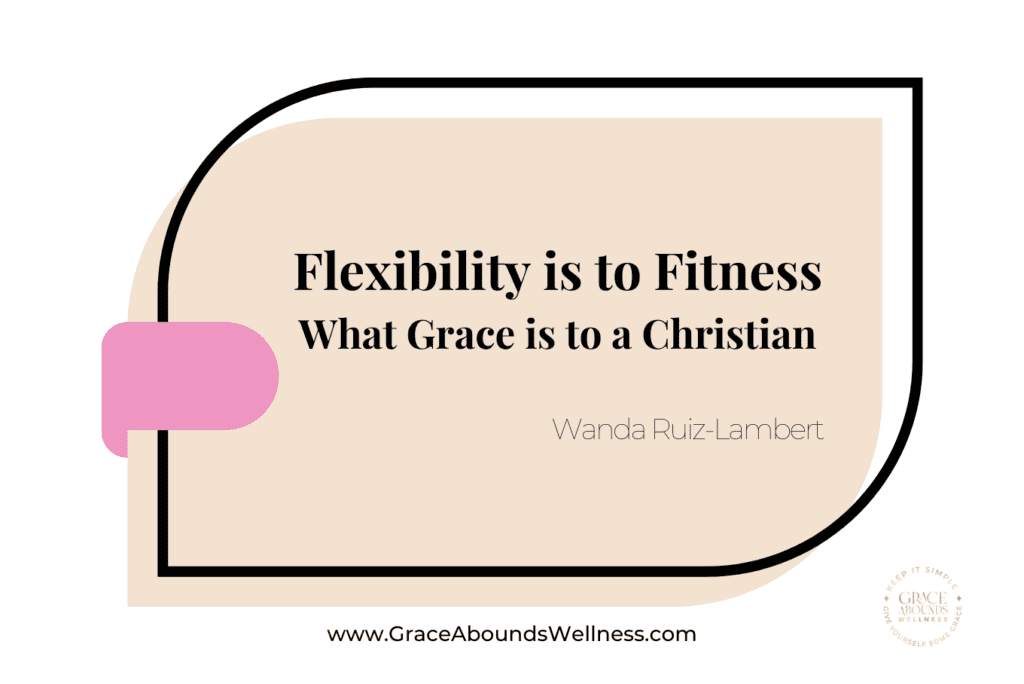
4. Strength Training
This one may sound kinda strange…
But… you improve flexibility with strength training!
It is a common misconception that strength training will make you bulky and inflexible.
However, the opposite is actually true 🙃.
The thing is…
Strength training can help improve your flexibility! This is because strength training increases your range of motion and helps to lengthen your muscles.
If you want to improve your flexibility, incorporating strength training into your workout routine is a great way to do it.
Start with some basic exercises and then progress to more advanced exercises as you get stronger.
Remember to focus on your form and breath, and soon you’ll see an improvement in your flexibility 😉.
Strength Training Examples for Beginners
There are many different strength training exercises you can do.
However, for beginners, I recommend you start with these two simple — but VERY efficient exercises.
If you told me you only have time to do two exercises — these are the two exercises I would suggest you invest your precious time in!
Especially because they work all of your major muscle groups and will start to develop the muscles in your arms, legs, and core.
1. Wall Planks
2. Wall Squats
Wall Planks Exercise
To perform a wall plank
- Position yourself to face a wall.
- Place your forearms against the wall and your feet shoulder-width apart.
- The further you place your feet away from the wall, the more difficult it will be.
- Hold this position for 10-second intervals — 6 times, for a total of 60 seconds.
Wall Squats Exercise
To perform wall squats
- Stand with your back against the wall and your feet shoulder-width apart.
- Lower your body down into a squat position. Sit down and back as far down as you can go — 90 degrees is ideal (knees and hips are parallel).
- Keep your knees behind your toes.
- Hold this position for 30 seconds or more.
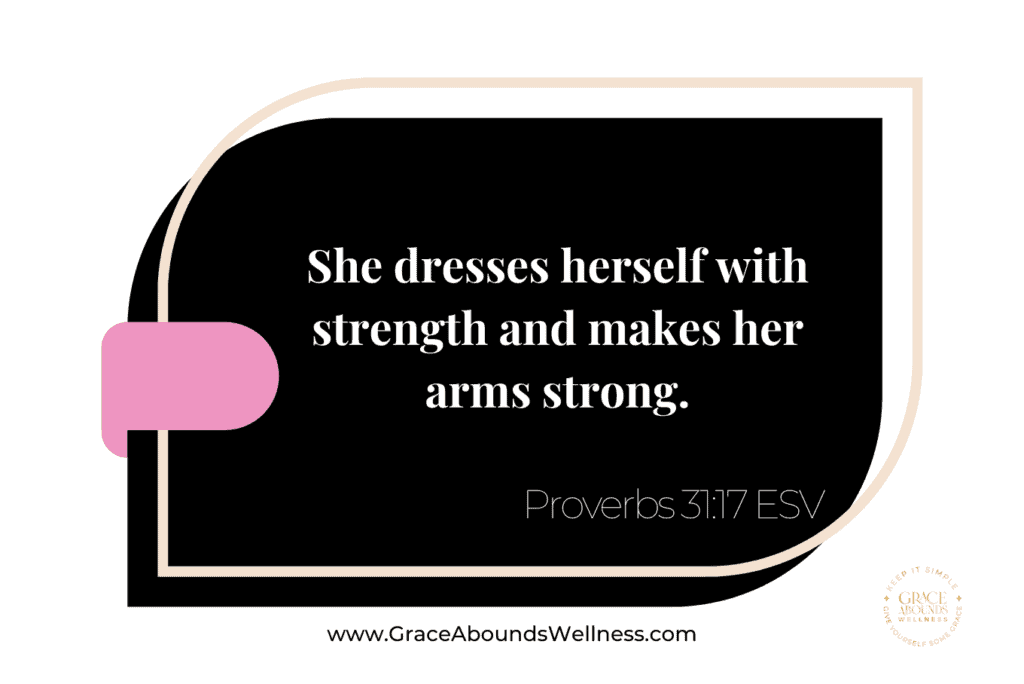
5. Foam Rolling to Improve Flexibility
What does foam rolling do?
Foam rolling is a form of self-myofascial release (SMR) that can help improve flexibility and range of motion.
It is a simple — yet effective — way to release tension in the muscles and fascia (the connective tissue surrounding the muscles).
BONUS: Foam rolling also helps boost your circulation and lymphatic flow. Foam rolling can be done before or after exercise and even on rest days.
Foam Rolling Tips
Here are a few tips on how to get the most out of foam rolling:
- Start with the foam roller at a slow speed.
- Roll over each muscle group for 30-60 seconds.
- Apply more pressure if needed — but avoid too much pressure — as this can cause pain.
- Lastly — Breathe… inhale deeply once the muscle is positioned on the roller. Exhale slowly and relax the muscles as you roll.
Remind yourself to rely on God’s strength…
6. Massage Therapy
Massage Therapy Definition
Don’t you love an excuse to get a massage?! Well, here you have it!
Massage therapy is a manual therapy consisting of applying pressure and rubbing the skin to help promote relaxation and healing.
Massage therapists use their hands, elbows, and sometimes even their feet to work your body’s muscles and soft tissues.
The Many Excuses Benefits of Massage Therapy
Who needs an excuse to go for an indulgent massage?! If you do need one — here’s the perfect excuse: massage therapy can help improve flexibility.
It can increase your range of motion, reduce pain, and improve circulation.
Massage therapy can be used to target specific areas of the body or can be done as a full-body massage. You’re welcome 😉.
If you’re looking to improve your flexibility, massage therapy is a great option. There are many different types of massage.
Be encouraged to discuss all of your options when you talk to your certified massage therapist about what type of massage would be best for you and your goals.
Massage therapy is a great way to improve flexibility — and relax while doing so…
If you’re anything like me — you’ll find any excuse to get a nice massage 💆🏻♀️
Massage Therapy Types that Improve Flexibility
There are a few different types of massage therapy that can be particularly helpful in improving flexibility.
These include Swedish massage, deep tissue massage, and trigger point massage.
Swedish massage is one of the most popular types of massage, and it is known for its gentle, oh-so-relaxing movements. (Don’t you feel relaxed just reading about this?!)
Deep tissue massage is another popular option, and it is known for its ability to release muscles that are tight and sore.
Trigger point massage is a type of massage that focuses on and applies pressure to specific points on the body that are known to be tight or, as you may commonly know as, “full of knots“.
Have you experienced knots? Then, you know all too well these areas — or trigger points — are usually tender or painful when touched and can cause pain in other parts of the body.
There is growing evidence that trigger point massage can be an effective treatment for improving flexibility.
Trigger point massage is a great way to improve flexibility and range of motion. In addition, by targeting these specific areas, you can help release the tightness that is causing pain and stiffness.
This massage can also help improve blood circulation and reduce inflammation.
Each of these types of massage has its own set of benefits, so it’s important to choose the right one for your needs.
If you’re looking to improve your flexibility — then consider trying one of these types of massage therapy. You may just find that it’s the key to unlocking a more flexible body 😊.
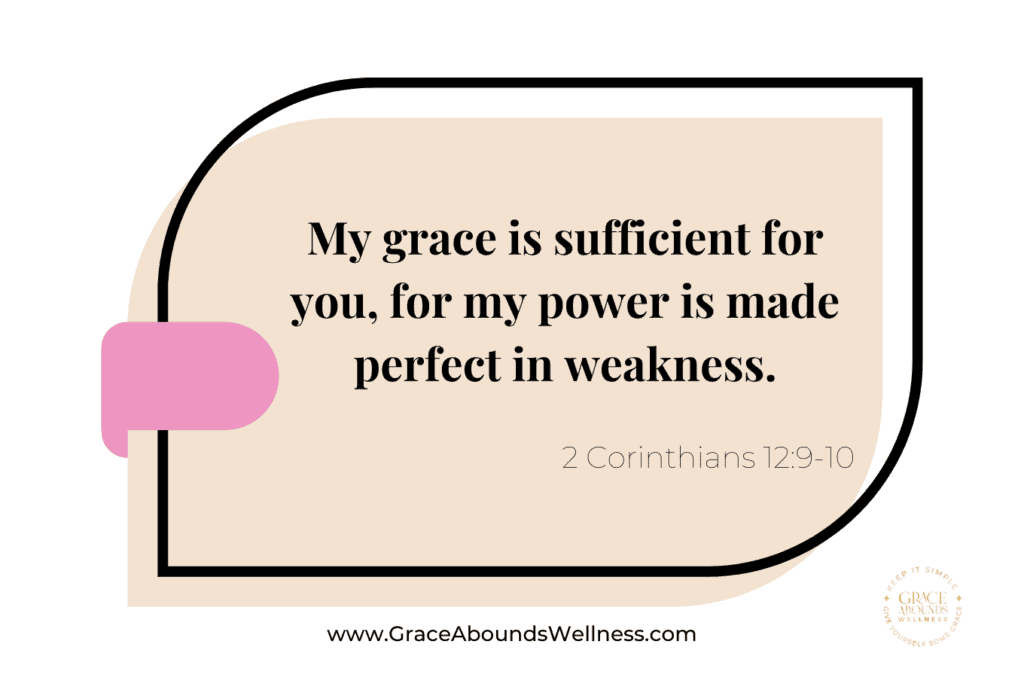
7. Heat Therapy
Lastly… we have heat therapy. Heat therapy is a popular method to improve flexibility and range of motion. The heat helps to relax the muscles, tendons, and ligaments, which allows for greater stretching and fewer injuries.
Heat Therapy Benefits
Heat therapy is the use of heat to relieve pain and promote healing. It can be used to relieve muscle tension, stiffness, and spasms.
It can also help increase blood flow to the area, which can speed up the healing process.
Heat therapy can be done using a:
- heat lamp
- hot water bottle
- heat wraps
- electric heating pad
- or simply by taking a nice hot bath
If you are looking to improve your flexibility, heat therapy is a safe and effective method that is definitely worth trying.
So, my beautiful friend, overall, improving flexibility requires a multifaceted approach that includes different types of stretching, strength training, foam rolling, and massage therapy.
But…
By using a combination of these methods, you can slowly improve your flexibility over time — so go ahead — take some time — and start TODAY 😊.
If you stretch regularly, you should begin to notice a difference in how flexible you are within two to four weeks.
Be sure to consult a licensed professional before starting any new stretching, exercise, massage, or therapy mentioned in this post — especially if you have any existing health conditions.
🤗 Sharing is caring!
If this post spoke to your heart, would you share it with a solopreneur friend who might also be feeling stuck or second-guessing herself?
Text her the link. (Seriously — don’t overthink it.)
Because sharing the hope is what it’s all about.
And hey — I’d love to hear from you!
Drop a comment below and let me know if this helped or what you’d love to see me unpack next. I’m all ears, friend.

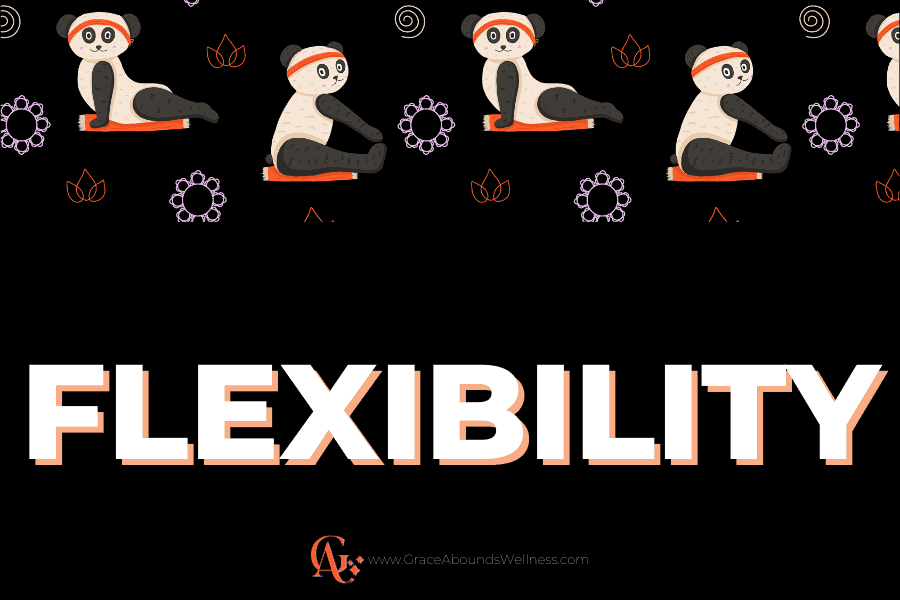

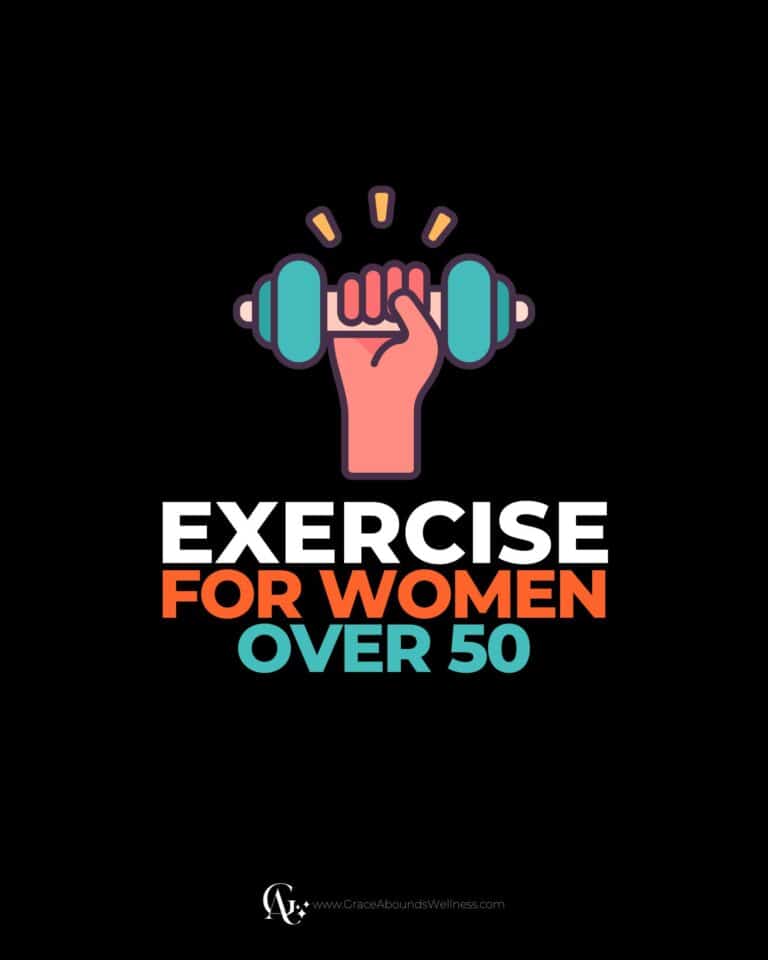
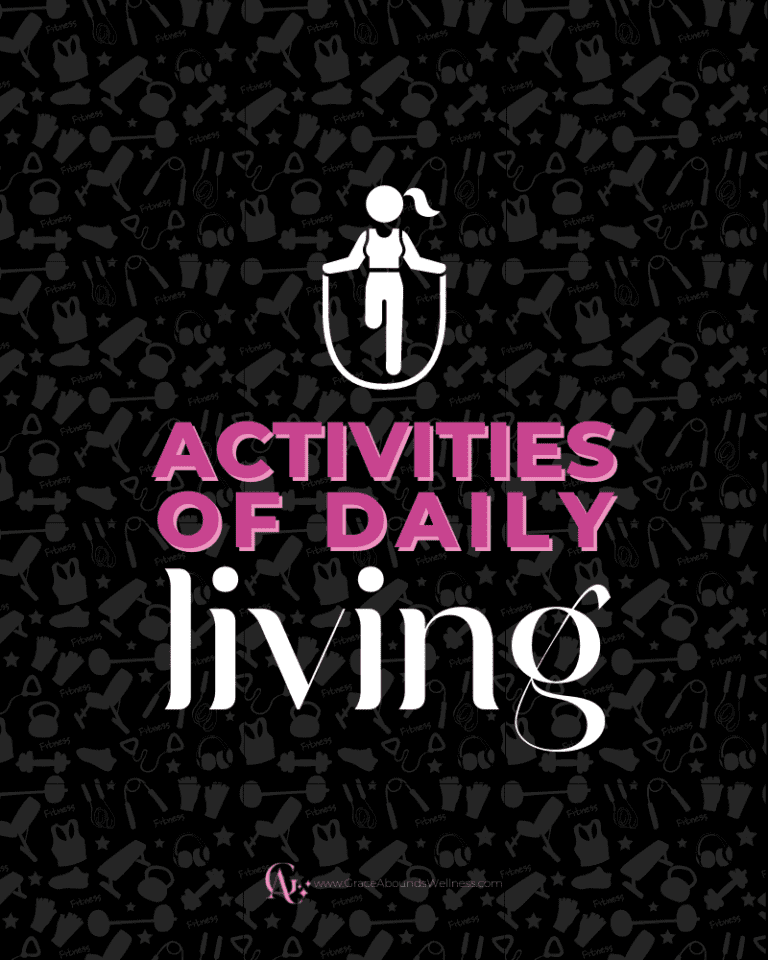
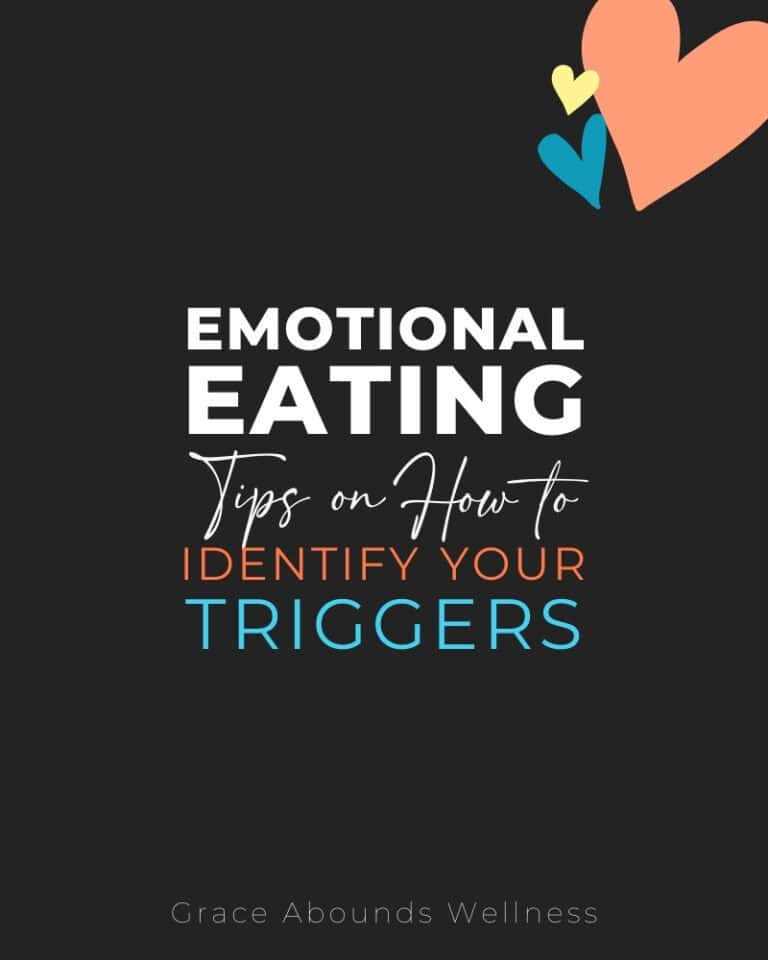
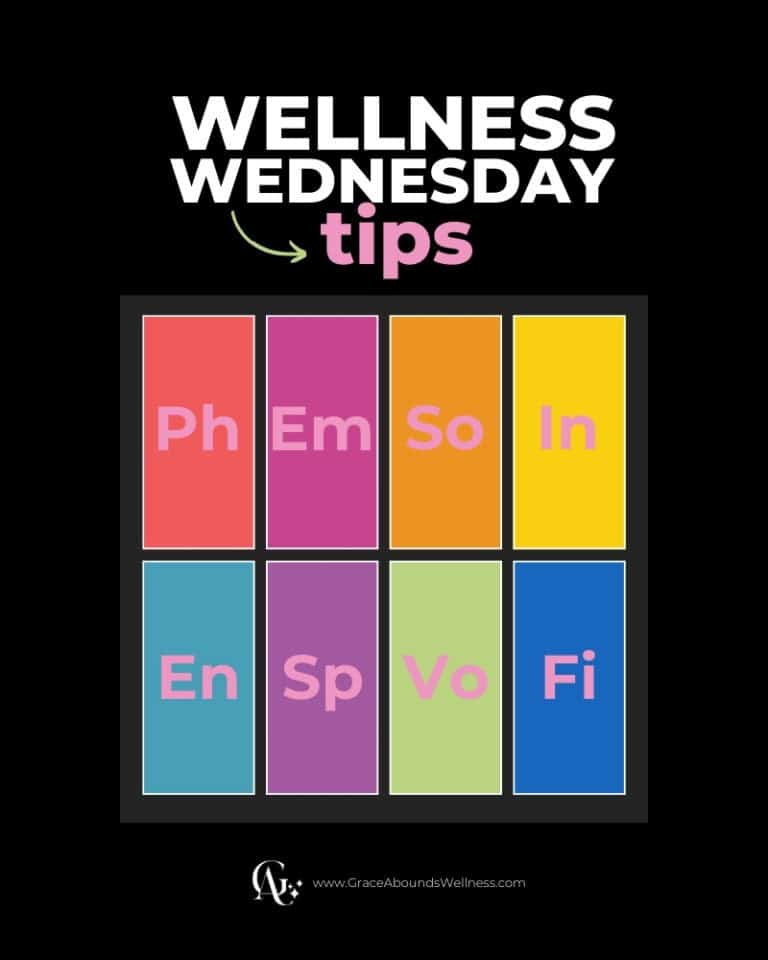

Join the List
Stay up to date & receive the latest posts in your inbox.